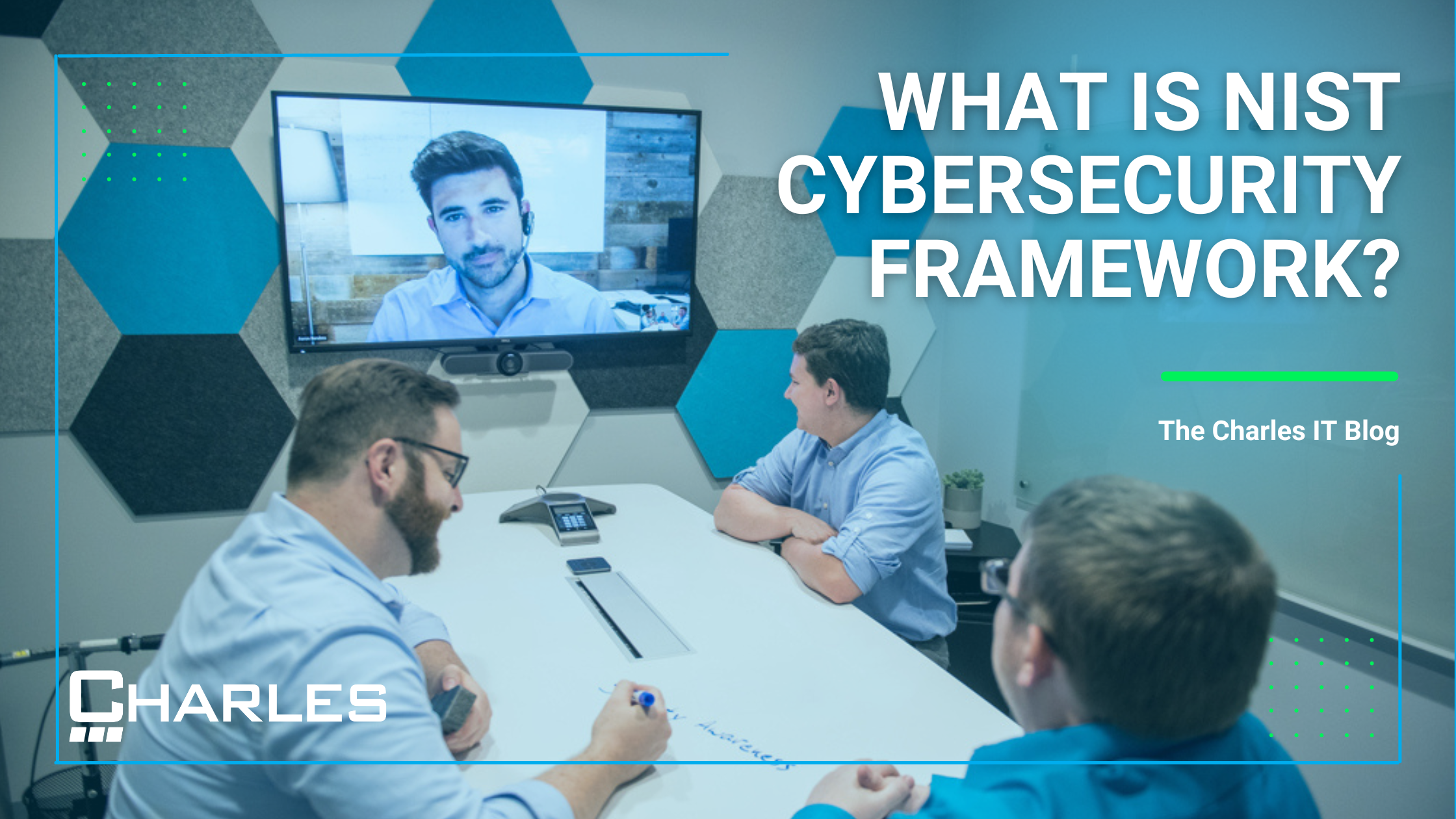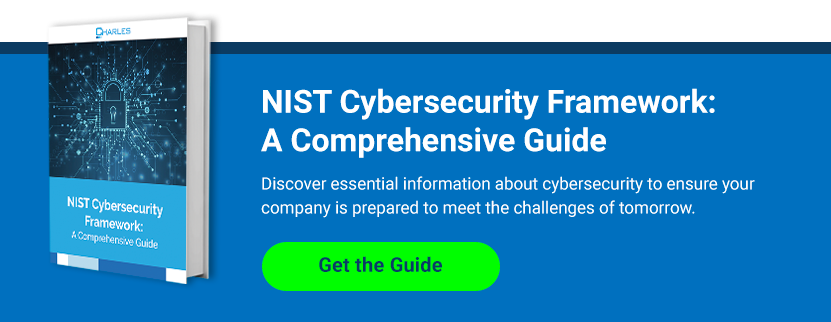
The NIST cybersecurity framework is a globally recognized standard that offers guidance on how organizations can mitigate information security risks. It is updated regularly to reflect the most pertinent challenges facing today’s business leaders and cybersecurity teams. It is widely viewed as the gold standard for best practices in the sector, and it is the basis for a range of government- and industry-mandated compliance regimes.
A Brief History of NIST Cybersecurity Framework
NIST Cybersecurity framework is maintained by the National Institute of Standards and Technology, a US-based government organization that seeks to promote innovation without adding unnecessary risk. While originally developed with US-based organizations in mind, it serves as a point of reference for many other frameworks and regulatory regimes around the world.
Version 1.0 was published in 2014. It was originally aimed at the critical infrastructure sector. However, when a draft version of Version 1.1 was released in 2017, it was made available for public comment before finally being released in 2018. The most notable changes in this latest iteration include extra details on supply chain risk management and guidance on how to work with external stakeholders when mitigating or disclosing vulnerabilities.
An Overview of NIST Cybersecurity Standards and Functions
The framework serves as the basis for many cybersecurity programs, especially those in more regulated sectors like finance, healthcare, and defense. That being said, implementing all the controls outlined in NIST can be prohibitively expensive, particularly for smaller organizations. Fortunately, outsourcing information security systems and management can help overcome these issues while still giving you access to enterprise-grade security.
The framework itself is intended to be as broad as possible by categorizing and covering all cybersecurity capabilities, processes, and operations. It does this by focusing on the five core functions of information security:
Identify
This function revolves around building an inventory of assets that need to be protected, such as servers, virtual machines, endpoints, and networking components. It also deals with data classification, risk management, and asset vulnerabilities.
Protect
This function concerns the implementation of appropriate information security safeguards that align with business priorities and environments and information classification levels. Examples of common safeguards include multifactor authentication and endpoint encryption.
Detect
Organizations must deploy the means to proactively detect potential threats, as conventional protective measures are not enough in an era of increasingly sophisticated attacks. This may include intrusion detection systems (IDS) and managed detection and response (MDR).
Respond
When a potential security incident is detected, it is vital that organizations have a documented set of procedures for dealing with it. This function concerns the key roles and actions that must be taken in such an event.
Recover
Security incidents often result in unscheduled downtime. It is not a matter of whether or not a problem will occur, but when. As such, this function deals with the mitigation strategies needed to restore affected capabilities and services with minimal damage to the organization
Regulatory Regimes Based on NIST Cybersecurity Standards
Many regulatory regimes are based on the NIST framework, either implicitly or explicitly. For example, defense contractors are governed by the Defense Federal Acquisition Regulation (DFARS) and the Cybersecurity Maturity Model Certification (CMMC), which use the NIST SP 800-171 framework as a basis for their own cybersecurity standards.
The NIST Privacy Framework can also serve as a basis for achieving compliance with global information privacy regulations, such as CCPA and GDPR. In the healthcare sector, HITECH legislation requires adoption of NIST and other widely recognized cybersecurity standards.
Why Should Your Business Become NIST-Compliant?
Becoming NIST-compliant ensures that your business takes information security seriously. It is a major step towards becoming compliant with other regulations, such as CMMC, DFARS, and HITECH.
By achieving full compliance with the NIST Cybersecurity Framework and the NIST Privacy Framework, organizations can also make themselves more attractive to potential customers, investors, and suppliers. While compliance might amount to a significant investment, it opens the door to many lucrative new business opportunities while greatly reducing the risk facing your organization. In other words, it simply makes sense from a financial and reputational point of view.
Charles IT offers comprehensive compliance and security assessments to analyze the safety of your mission-critical systems and data against popular frameworks like those published by NIST. Get in touch today to schedule your first consultation!
Editors note: this blog was originally published on September 8, 2021. It was updated on June 24, 2023 for accuracy.




